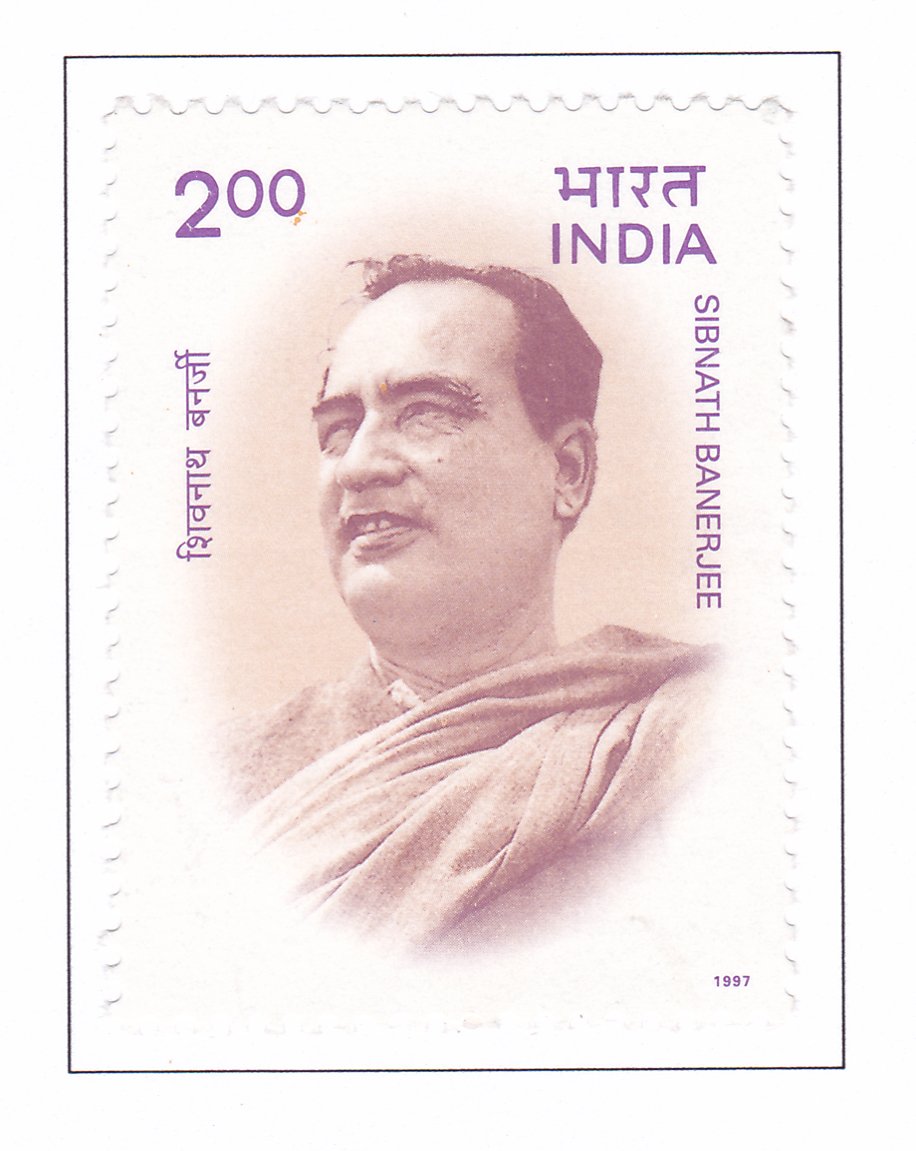Sibnath Banerjee (1897-1932)

Technical Data
| Stamp Set | Birth Centenary |
|---|---|
| Date of Issue | July 11, 1997 |
| Denomination | Rs. 2 |
| Quantity | 400,000 |
| Perforation | comb 13 x 13½ |
| Printer | Calcutta Security Printers Ltd |
| Watermark | No Watermark |
| Colors | Multicolor |
| Catalog Codes |
Michel IN 1555 Stamp Number IN 1645 Yvert et Tellier IN 1327 Stanley Gibbons IN 1719 |
| Themes | Anniversaries and Jubilees | Famous people | Men |
Table of Contents
Commemorative Stamp Set: Honoring Shri Sibnath Banerjee
Design Elements
- Subject: The stamp features a portrait of Shri Sibnath Banerjee, reflecting his dedication to trade unionism and social reform.
- Visual Features: The design may include symbolic elements representing his contributions to the trade union movement, social service, and political activism, such as imagery of workers, cooperative efforts, or a representation of his work with leprosy patients.
Cultural and Historical Significance
- Early Life and Activism: Born on July 11, 1897, in Brahman Rangdia, Khulna District (now Bangladesh), Sibnath Banerjee began his activism early, participating in the anti-partition movement and later joining the non-cooperation movement in 1920 while still a student.
- Political and Trade Union Leadership: In 1922, Banerjee moved to Indore to work as a teacher but soon left to engage in political activities. He became a Minister in the free Government of India in Afghanistan under Baja Mahendra Pratap and played a significant role in the trade union movement, leading the successful Railwaymen’s strike in 1929.
- Advocacy and Contributions: Elected General Secretary and later President of the All India Trade Union Congress (AITUC), he was a staunch advocate for workers’ rights, cooperatives, and social services. His efforts in rehabilitating leprosy patients and organizing eye donation campaigns were notable.
- Political and Social Influence: Banerjee was close to prominent leaders such as Rabindranath Tagore, Subhash Chandra Bose, and Jayaprakash Narayan. He founded key organizations including the Congress Socialist Party, AITUC, and Hind Mazdoor Sabha. His involvement in the Marichjhapi movement for refugee settlement in 1978 highlighted his continued dedication to social causes.
Usage
- Domestic and International Postage: The stamp can be used for mailing both within India and internationally, commemorating the contributions of Sibnath Banerjee to trade unionism and social justice.
- Philatelic Collections: It is a significant addition for collections focused on Indian history, trade union movements, and social reform.
Importance of the Commemorative Stamp Set
The stamp serves to recognize and celebrate:
- Dedication to Workers’ Rights: Highlighting Banerjee’s efforts in advocating for and improving the conditions of industrial workers.
- Social Service: Acknowledging his initiatives in rehabilitating marginalized groups and leading social service campaigns.
- Political Leadership: Commemorating his role in shaping trade unionism and his influence on national leaders and movements.
Example of the Stamp Design
- Visual Depiction: The stamp features a dignified portrait of Shri Sibnath Banerjee, possibly accompanied by visual elements representing his trade union leadership and social work, such as imagery of workers or cooperative activities.
Significance
The commemorative stamp set honoring Shri Sibnath Banerjee highlights his lifelong commitment to social justice, trade unionism, and the welfare of the underprivileged. It preserves his legacy and celebrates his extensive contributions to Indian society and politics.
